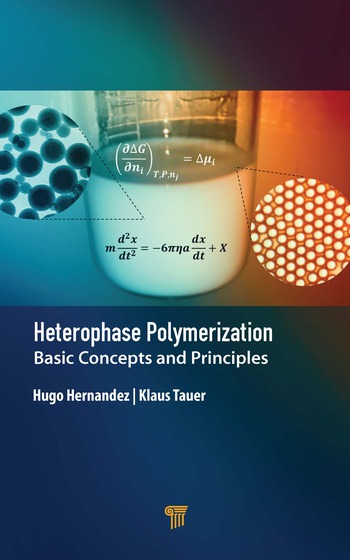Ask Dr. Dave

Question: What is happening with solvent-based adhesives? Are there any good reasons to use them anymore?
Answer: Many solvent-based adhesives have been replaced by emulsions and 100% reactive systems because of health and flammability concerns, plus legislation covering VOCs. However, there are still some adhesives that use solvents for performance and other reasons. Many pressure-sensitive adhesives are still made using solvents for performance and productivity reasons, although only the manufacturer has to handle the solvents (the end-user, of course, is not exposed to them). Some rubber adhesives, such as Neoprene-based products, often work better in their solvent forms than in latex. Solvent cements are still widely used in medical device manufacturing to bond PVC tubing and are considered essential in bonding plastic piping for plumbing applications. There has been some renewed interest in using solvents that are derived from renewable "biobased" feedstocks rather than from petroleum resources. Most people are aware of solvents like d-limonene, which is extracted from citrus fruits. Recently, new cost-efficient processes have been devised to generate solvents like 2-methyl tetrahydrofuran. The main commercial goal for this solvent is to make P-Series fuels that are formulated for flexible fuel vehicles, but the solvent shows potential as a lower-cost alternative to solvents like THF that are used to formulate PVC pipe cements.
Question: Can you recommend an adhesive that will bond glass to steel for a consumer product? Although the adhesive does not need a lot of strength, it is important that it maintains adhesion at temperatures up to 150°C and can withstand temperature cycling. Speed of cure is not terribly important, but a small amount of tack would be desirable to hold parts in place during curing.
Answer: There are several adhesives that are suitable for your application. Many high-performance acrylics or epoxy adhesives will probably work, though you have to be careful that stresses caused by thermal expansion do not cause bond failure or cracking of the glass. In your case, you should seriously consider using an RTV or a 2-component silicone. Silicones are "sticky" enough to hold parts in place, and though they do not have very high tensile shear strengths (100 to 200 psi), their inherent flexibility allows them to withstand joint movement caused by heat or vibration without failing. Silicones are also the best technology for maintaining adhesion and properties after exposure to high temperatures.
Q&A Exchange is written by Dr. Dave Dunn of F.L.D.Enterprises, a technical consultancy and full-service industrial market research firm specializing in the adhesives, sealants, specialty rubbers, and plastics fields. Dr. Dave is a former vice president and director of Loctite Corp., and has spent many years troubleshooting adhesive and sealant problems. Questions for publication should be directed to him at 242 Trails End, Aurora OH 44202; (330) 562-2930; fax (865) 251-9687; e-mail DrDave242@att.net; or visit www.fldenterprises.com.
Looking for a reprint of this article?
From high-res PDFs to custom plaques, order your copy today!






